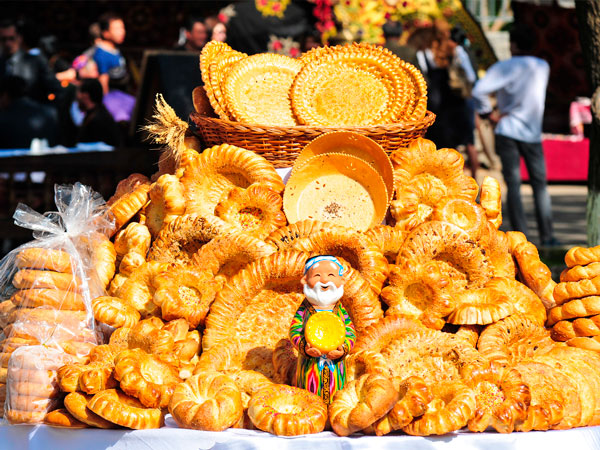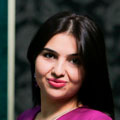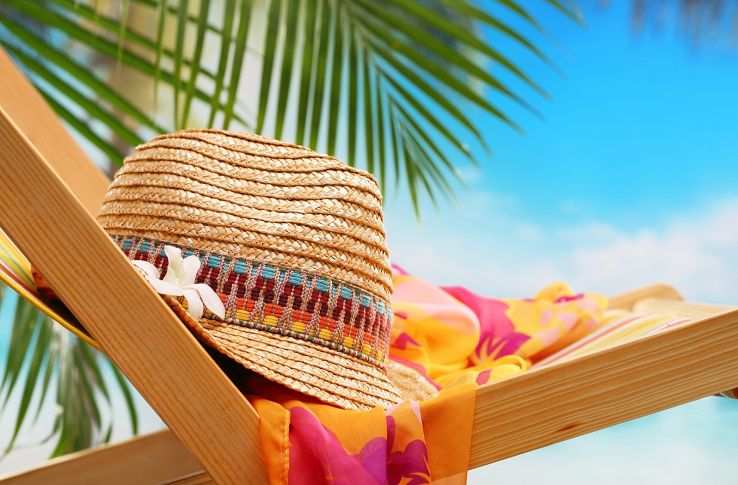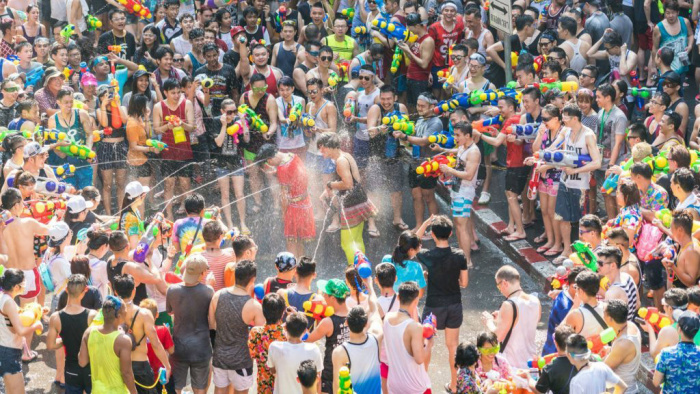
As it often happens, the calling card of the kitchen is just a few dishes. But what! Pilaf, manti, samsa, shurpa, chuchvara, lagman ...
Uzbek cuisine includes more than a hundred pilaf recipes, dozens of types of kebabs and meat dishes, rich soups, exotic salads, delicious oriental sweets, various flatbreads and flour products. These are long meals with endless bowls of tea and unhurried conversations.
The tour we offer will reveal to you the wonderful world of Uzbek cuisine, like a fairy tale of 1001 nights, full of its oriental secrets. Without knowing these secrets, you will not be able to taste real Uzbek pilaf, kebab, lagman and other original dishes.
Day 1. Air flight to Bukhara
Arrival in Bukhara. The territory of Uzbekistan is located in a time zone called Uzbek time (UZT), the time difference with Moscow is +1 hour.
Tea drinking and a light dinner in the traditional Bukhara tea house "Spice House" - here guests can get a brief essay on Uzbek spices. Pilaf, manti, samsa, shurpa, chuchvara, lagman
The tea house “Spices of the Silk Road” was opened under the management of Mirfayoz Ubaydov, a famous supplier of spices from Bukhara.
Visit this unique cafe that will surprise you with a huge variety of delicious teas made from herbs and spices.
Day 2. Bukhara
After breakfast, we go on a bus tour of Bukhara:
Fortress of the ARC (IV BC - XIX century) - in the Middle Ages it was a whole city with the emir's palace, a mint, mosques, government institutions, warehouses, shops, a prison and an area for public meetings;
The Mausoleum of the Samanids (IX-X centuries) is the first building in Central Asia, built of baked brick in the shape of a cube, with a covered dome and a unique geometric masonry design - a masterpiece of world architecture.
A visit to the oriental bazaar and the purchase of products for the preparation of lagman (the purchase will be made by the tourists themselves with the help of a guide, while the money for the purchase will be allocated to them. Guests will need to show skill and oriental bargaining skills in order to properly distribute the money allocated to them).
Lagman master class at the National House. The guests will be directly involved in the preparation of the lagman and will even roll out the dough themselves. The action will take place in a typical Uzbek house. After preparing the lagman, the guests take their places at the table and try their culinary creation.
Visiting the old Bukhara baths (XVI century). Body cleansing procedures according to old recipes are still used here.
Day 3. Bukhara
Walking tour of Bukhara:
The Lyabi-Hauz complex (XVI-XVII centuries) is a complex consisting of a mosque, the Nodir Devon-Begi madrasah and a caravanserai. In the middle of the complex is a large pond surrounded by old trees. Pilaf, manti, samsa, shurpa, chuchvara, lagman
The Poikalyan complex (XII - XVI centuries) - an architectural ensemble in the center of old Bukhara - includes the mosque of the cathedral "Majidi Kalyan", the "Miri Arab" madrasah and the highest minaret (46 m) in the Central Asian region - Minori Kalyan.
Tim Abdullakhan was built in 1577 and was one of the most elegant trading halls in Bukhara, where silk and wool imported from Afghanistan were sold.
Trading Domes consist of three shopping centers: Toki Zargaron (1570) - a jewelers' bazaar, Toki Telpak Furushon - a skullcap bazaar, Toki Sarrafon - a money changer's bazaar. Here you can buy many wonderful souvenirs and find real rarities.
Lunch at Faizulla Khodjaev's house. The museum, a magnificent example of Bukhara architecture of the late 19th century, is housed in the house of F. Khodzhaev's father, Ubaydulla Khodja, in the old quarter of Gozien. In the restored rooms, the old furniture, interiors of living rooms, clothes, dishes and other household items of the late 19th - early 20th centuries have been restored.
Dinner with a folklore performance and a show of Uzbek national costumes at the Nodir Divon-Begi madrasah (dress is free).
At present, this famous madrasah has become a place of attraction for tourists and guests of the city of Bukhara. It attracts tourists not only with its original architecture and interesting history of creation, but also with national performances that are held in the open air. The madrasah has created a unique opportunity to join the cultural heritage of the Uzbek people in its entirety, including national classical music, dances, cuisine and much more. Once here, you are immersed in the special atmosphere of carefully preserved national traditions.
Day 4. Bukhara - Samarkand
Breakfast.
Departure to Samarkand (300 km - 4 hours, air-conditioned bus), upon arrival accommodation at the hotel. Relaxation.
Lunch at the Karimbek restaurant. Pilaf, manti, samsa, shurpa, chuchvara, lagman
Here they offer lagman and more than 15 varieties of shish kebab. And, the fabulous taste of fresh vegetables and fruits will be remembered for a long time. The restaurant is an old oriental house with a traditional open gallery-aiwan, the interior decoration used: national ceramics, handmade fabrics and embroidery, natural wood and juicy folklore motifs. Pilaf, manti, samsa, shurpa, chuchvara, lagman
We go on a bus tour of Samarkand.
Registan Square (XV-XVII centuries) is a unique ensemble consisting of three madrasas, which were and are the center of the old city. The pearl of Samarkand.
Mausoleum Gur Emir (XV century) - the burial place of the Timurid dynasty. A unique architectural monument with an unforgettable blue dome. As the heralds of those times used to say; "People! If n
if it falls to the ground, the dome of Gur Emir will replace it!”
Tasting of collection wines at the winery. Khovrenko.
After the traditional historical essay about the oldest winery in the city, guests will be offered 10 traditional glasses "in ascending order": from wine to balm - all the best that sunny Uzbekistan is famous for.
Day 5. Samarkand
Breakfast.
Departure to the mountains for a picnic by car. Active games (football, volleyball, donkey riding). Those who wish to take part in the preparation of food. All day full rest in nature.
Shurpa preparation.
The situation with soups is also very interesting in Uzbek cuisine. First, there are a lot of them. Secondly, they are usually boiled with a lot of meat, vegetables, cereals and legumes. The spoon is in them. They say this is because the nomadic ancestors had to desperately save water. That is, it turns out, the soup is thick from need. Yes, the East is a delicate matter!
Early Dinner: Kebabs in the Amankutan Mountains!!!! Shashlik (pork, lamb, beef) is prepared by the chef.
Day 6. Samarkand
We go on a bus tour of Samarkand.
The Bibi-Khanum Mosque (XIV century) is a project conceived by Timur as the largest mosque of that time. The mosque was under construction for 5 years.
The mausoleum of Khoja Doniyar is a place of numerous pilgrimage for Jews, Christians and Muslims, covered with numerous traditions and legends.
A visit to the Siab Bazaar is a modern traditional "oriental" market in Samarkand, however, having carried its appearance through the centuries, it always surprises tourists with its colorfulness and variety of products offered (purchase everything you need before returning to Moscow).
Uzbek cooking lessons in the national House. Manti preparation.
Manti. After pilaf, manti is the most common and favorite dish of Uzbeks, so in many regions they are served at the end of the meal. Manty is made from dough steeply kneaded in water, which is rolled into a layer 4-5 mm thick and cut into squares 12x12 cm in size. The filling can be minced meat, minced vegetables or greens. Manty is steamed for 35-45 minutes in special pots (kaskans).
Plov cooking master class
There is such an Eastern proverb: “If you are rich, you eat pilaf. And if you are poor, then you eat only pilaf.” Without it, nowhere - neither on weekdays, nor on holidays. It is touching that in oriental cuisine they are often not limited to one type of pilaf.
Pilaf is the pride of Uzbek cuisine, although it is cooked differently everywhere. There are more than a hundred types of pilaf in Uzbek cuisine. Let's name at least a part: devzira palov (pilaf from devzira), kazili palov (pilaf from kazy), postdumba palov (pilaf with tail-tailed shell), sarymsok palov (pilaf with garlic), bedana palov (pilaf with quail). It is also noteworthy that each region has its own recipe for pilaf. The recipe for cooking Uzbek pilaf is associated with many legends; one of them says that only an Uzbek can cook pilaf, in extreme cases - just a man, a woman - never. Ladies should not be offended, on the contrary, you need to extract obvious benefits.
Day 7. Samarkand - Tashkent
Breakfast in the hotel.
Departure to Tashkent by car (300 km). Free day in Tashkent.
Day 8. Tashkent
Breakfast in the hotel. Pilaf, manti, samsa, shurpa, chuchvara, lagman
Sightseeing tour of Tashkent: the monument "Courage", Khost Imam Square - the Muslim center of Central Asia, where one of the first Korans in history is stored, Abdul Kosim Madrasah, Chorsu Bazaar
Departure from Tashkent.




.jpg)